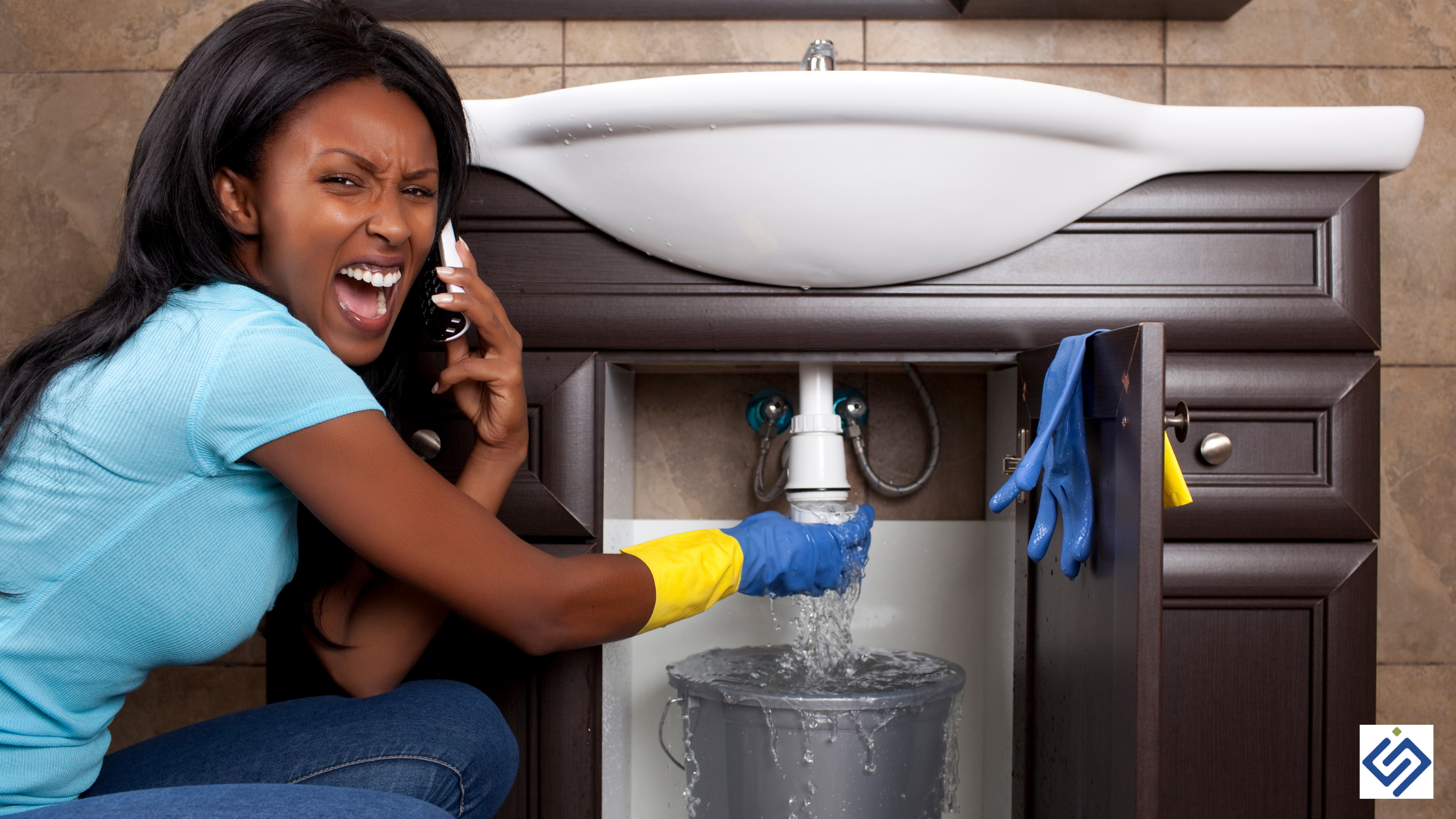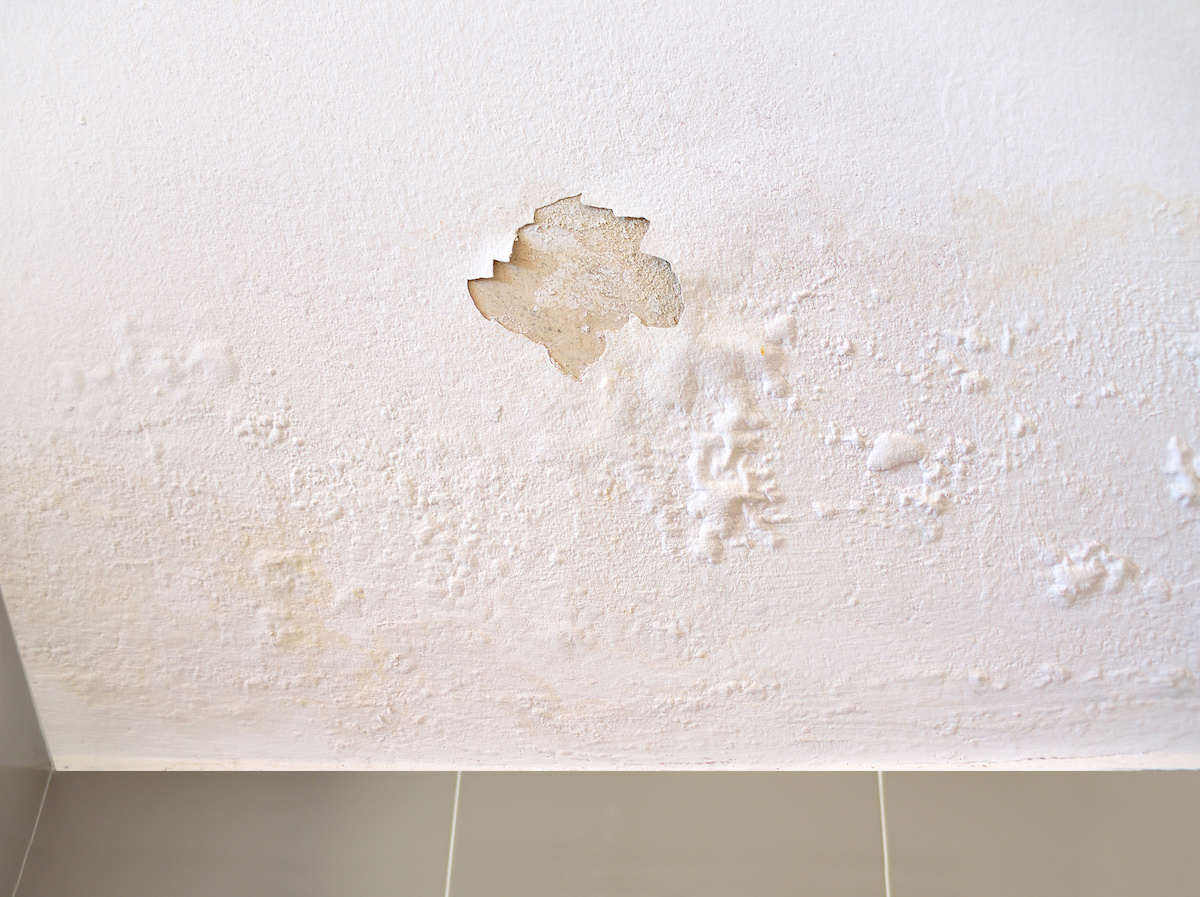Common Sources Of Water Damage in a Bathroom
Common Sources Of Water Damage in a Bathroom
Blog Article
This post following next about How to Repair and Prevent Bathroom Water Damage is incredibly enjoyable. Check it out for your own benefit and figure out what you think about it.

The shower room is very susceptible for wet buildup as well as potential water damages because of the constant use of water in it. This write-up supplies easy evaluation techniques to help detecting water damages hazards.
The regular use water in the shower room makes it extremely prone for moist build-up and potential water damages. By inspecting it on a regular basis, you can reduce water associated problems.
The following set of examinations is simple to execute and must be done as soon as in every three months in order to maintain your washroom in good shape and also to stop potential water damages brought on by the bathtub, the shower, pipe joints and also plumbing, sinks, closets, and the toilet
Do not neglect doing these examinations and be complete while executing them. Keep in mind that these straightforward inspections can conserve you a great deal of money by supplying very early indications for water damage
Tub and also Shower
The shower and tub call for special interest as well as upkeep. Check the ceramic tiles as well as change if cracked. Ensure that there is no missing out on grout between the ceramic tiles. Inspect as well as change cracked caulking at joints where the walls satisfy the flooring or the bathtub. Clogged drains as well as pipelines troubles will avoid the bath tub from drying out and may suggest significant problems beneath the bathtub. Talk to a specialist immediately to prevent structural damage. Take note of discolorations or soft locations around the bath tub wall surfaces as they might show an inner leakage.
Plumbing
Signs for water damages are hard to spot because many pipes are installed inside the wall surfaces.
Pay unique focus to flooring as well as walls moisture and stains as they might show an unseen plumbing issue. Inspect wetness levels in adjoining areas too.
Sinks as well as Cabinets
Sinks as well as cupboards are exposed to moisture and also moisture everyday and are usually forgotten. Examine routinely under the sink and also on the counter top above it. Repair any kind of drip in the trap as it may recommend drainpipe issues. Take a look around the sink, slow draining pipes might suggest an obstructed drainpipe. Replace sink seals if they are fractured or loosened.
The Bathroom
The toilet is an at risk water junction. Check the water lines and also search for leakages around the bathroom seat, in the hose, and also under the water storage tank. If you spot any indicators of moisture on the flooring around the bathroom, check for leakages in the toilet rim and also tank seals.
Realize that hanging bathroom bowl antiperspirants enhances the chances for blockages.
Water Damage Signs In The Bathroom To Avoid Cleanup
Musty smell
This is one of the easiest signs to catch because musty smells are so odorous. The damp, earthy, moldy smell should be a big red flag. The smell will develop when moisture gets trapped in surfaces, and begins to facilitate mold growth. Leaking pipes under cabinets, inside walls, and behind shower fixtures will cause moisture to stay trapped and not dry, which will lead to mold growth and spread. As soon as you notice any musty smells in your bathroom, have it checked for hidden water damage and cleanup signs.
Visible mold
If the smell isn’t there to give it away, sometimes you will actually see mold growth. Finding mold in your bathroom is a serious problem, because mold is very harmful to your health. By the time mold growth is visible, it also means that water damage has already occurred and been present for some time. The only way the mold problem can be resolved is to find the source of the moisture and get it stopped. To safely and adequately remove mold, you need to have professionals handle the remediation. Do not waste any time in getting mold problems addressed, fixed, and sanitized so that you can protect you and your family from the many respiratory symptoms caused by mold exposure.
Damaged floors
Bathroom floors should be able to withstand some exposure to water while still remaining in good condition. However, when excess exposure or water leaks occur, they will begin to damage even the most water-resistant flooring. If you notice any cracking, bubbling, staining, or warping on your bathroom floors, there is probably a water leak somewhere causing the distortion. If you notice areas of the floor have become softer, or even have a spongy feeling, there is probably damage to the subfloor. Subflooring is typically made up of plywood. When plywood is exposed to water or moisture, it will absorb it. Once it has become saturated, the weight of the excess water will cause the wood to swell and soften. Check the floors in your bathroom frequently to catch any of these sings before they lead to damaged subflooring.
Changes on walls
When water leaks behind walls, it will cause changes in the drywall. Peeling plaster, blistering paint, and soggy wallpaper are all good indicators that excess water is building up behind the wall. Water leaking behind drywall will cause it to swell and be soft to the tough. If you start to notice gaps along the trim of your walls, or where tile meets the wall, it could also be a strong indicator that there is a leak behind the wall. Any changes, distortion, or damage on the walls should be evaluated as soon as you notice it to prevent further water damage and cleanup.

I found that content on How to Fix a Water Damage Bathroom when exploring the web. Do you know another individual who is intrigued by the niche? Do not hesitate to promote it. Thank you so much for going through it.
Call Us Today Report this page